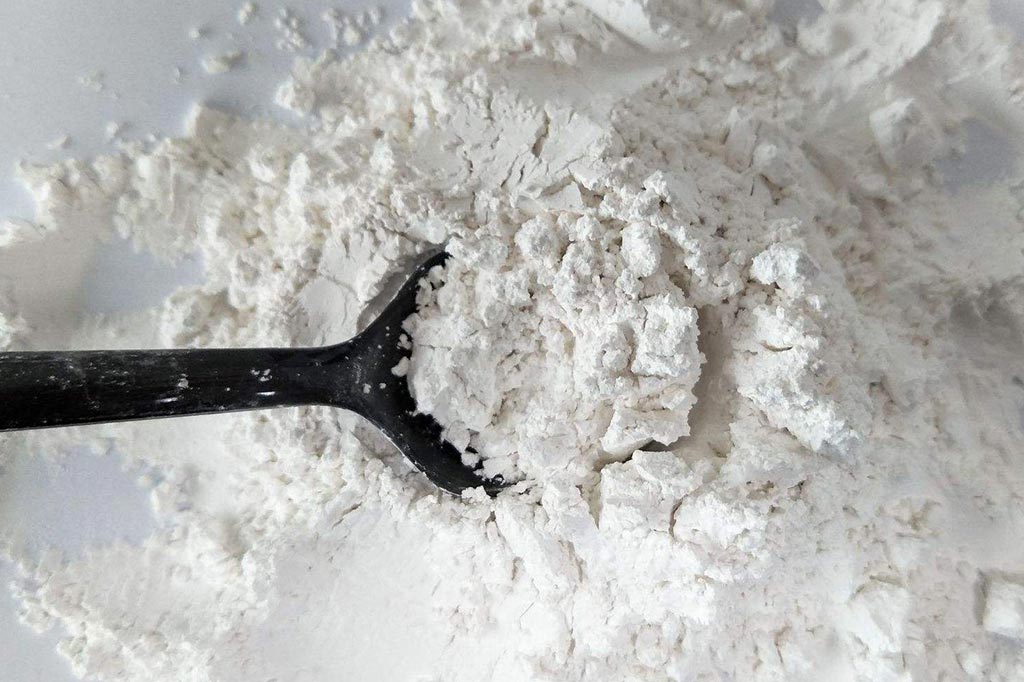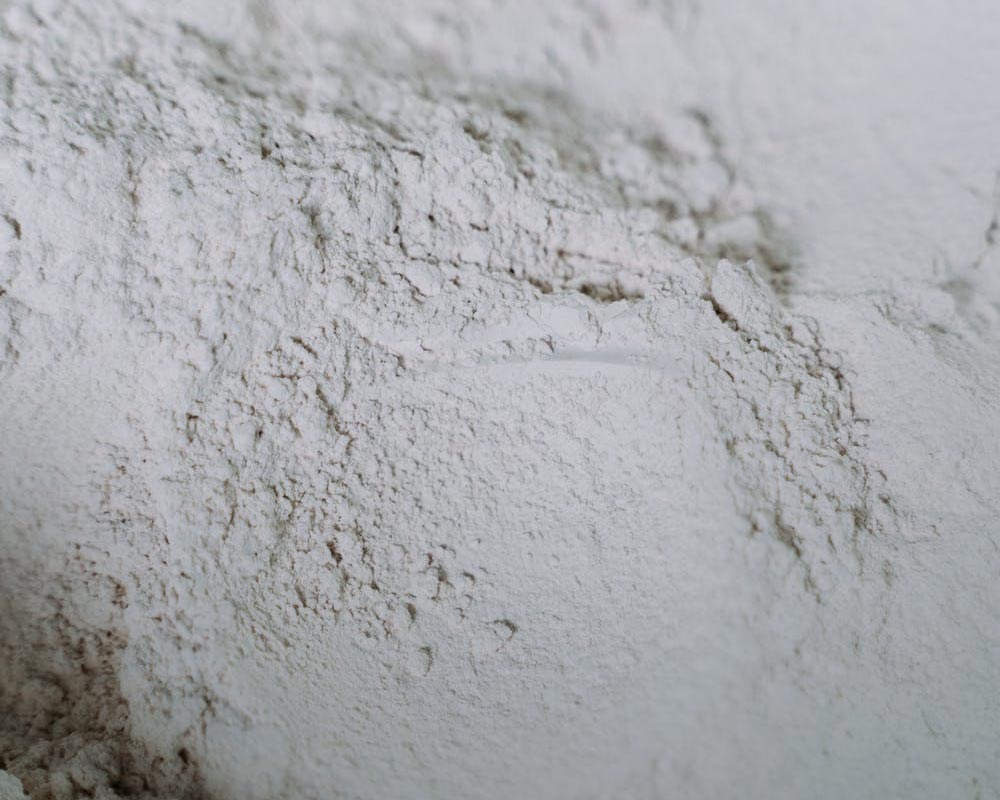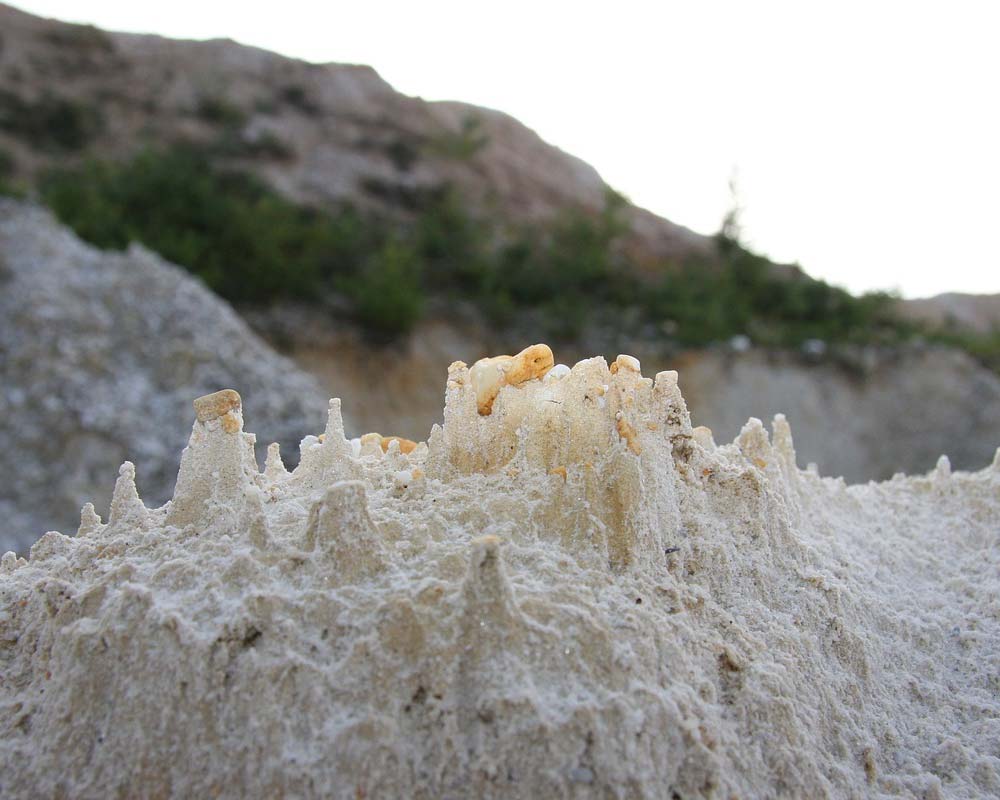What are the common non-metallic mineral powder fillers
Non-metallic mineral powders are widely used in plastics, rubber, papermaking, coatings, wires and cables, electronic packaging and other products, mainly for filling, reducing production costs, improving product performance, improving production processes, and enhancing the competitiveness of enterprises . Some common powder processing fillers in the market now include calcium carbonate, barium sulfate, talc, silica powder, wollastonite, mica powder, kaolin, bentonite, and so on. At present, as downstream enterprises have higher and higher requirements for powder characteristics, non-metallic mineral powder fillers are developing in the direction of high purity, ultra-fineness and functionalization.
Calcium carbonate: Calcium carbonate is a product with abundant resources and low price among non-metallic mineral powder fillers. Therefore, it has almost become the first choice for non-metallic mineral powder fillers. If calcium carbonate powder can meet the needs of filling and related functions, other more expensive fillers will not be considered.

Talc powder: Talc has excellent properties such as lubricity, acid resistance, insulation, high melting point, good hiding power, good gloss, and strong adsorption. It has a wide range of applications in plastics, rubber, papermaking, paint and other industries. In coatings and other industries, it can replace part of the expensive titanium dioxide.

Barium sulfate: According to different production processes, it can be divided into barite powder and precipitated barium sulfate powder. Barium sulfate powder is mainly used in the paper industry, paint, rubber and plastic industries. Barium sulfate is used in powder coatings. It has the characteristics of high gloss, good leveling, strong weather resistance, and stable chemical properties. It is the main means to increase the powdering rate. Used in rubber products as a filler and a reinforcement, it can enhance the anti-aging performance and weather resistance of the product, the product is not easy to age and become brittle, and can significantly improve the surface finish and reduce the production cost. Good gloss and transparency can be obtained when used in the filling masterbatch.
Silicon powder: In the industry, silicon powder is also called quartz powder. It has the characteristics of excellent dielectric properties, low thermal expansion coefficient and high thermal conductivity. It is widely used in silicone rubber, coatings, adhesives, precision casting, ceramics, epoxy resin potting materials, as well as insulation casting and integration of ordinary electrical appliances and high-voltage components. Circuit molding materials and potting materials, welding rod protective layer and other resin fillers, etc.
![]()
Wollastonite and mica powder: Among the non-mineral powder products, wollastonite and mica powder are two types of powder with relatively special particle morphology. The needle-like structure of wollastonite and the aspect ratio of the powder are one of the important indicators for investigation. Mica powder has a flake structure, and the diameter-to-thickness ratio of the powder has an important influence on its application. Wollastonite powder has needle-like, fibrous crystal morphology, high whiteness and unique physical and chemical properties. It is widely used in ceramics, paints, coatings, plastics, rubber, chemicals, papermaking, welding electrodes, metallurgical protective slag and as asbestos Substitutes, etc. Muscovite and phlogopite have good electrical insulation, non-conductivity, acid resistance, alkali resistance and pressure resistance, so they are widely used to make insulating materials in the electronics and electrical industries. Lepidolite is also the main mineral raw material for extracting lithium.
Kaolin, bentonite: Kaolin has become a necessary mineral raw material for dozens of industries such as papermaking, ceramics, rubber, plastics, chemicals, coatings, medicine, and national defense. The ceramic industry is an industry that used kaolin earlier and used a larger amount. Kaolin is used as a material in the rubber industry. Adding it to the latex mixture can improve the properties of rubber, increase the mechanical strength of rubber products, enhance wear resistance and chemical stability, and extend the hardening time of rubber. Kaolin is used as a filler in the plastics industry. Its function is to make the surface smooth, reduce thermal cracking and shrinkage, facilitate polishing, and resist chemical corrosion.

Bentonite: also known as bentonite, bentonite, and the popular name Guanyin clay, known as “a thousand kinds of minerals”, it is widely used in metallurgical pellets, casting, drilling mud, textile printing and dyeing, rubber, paper, fertilizer, Pesticides, improved soil, desiccants, cosmetics, toothpaste, cement, ceramic industry, nano materials, inorganic chemicals and other fields.
